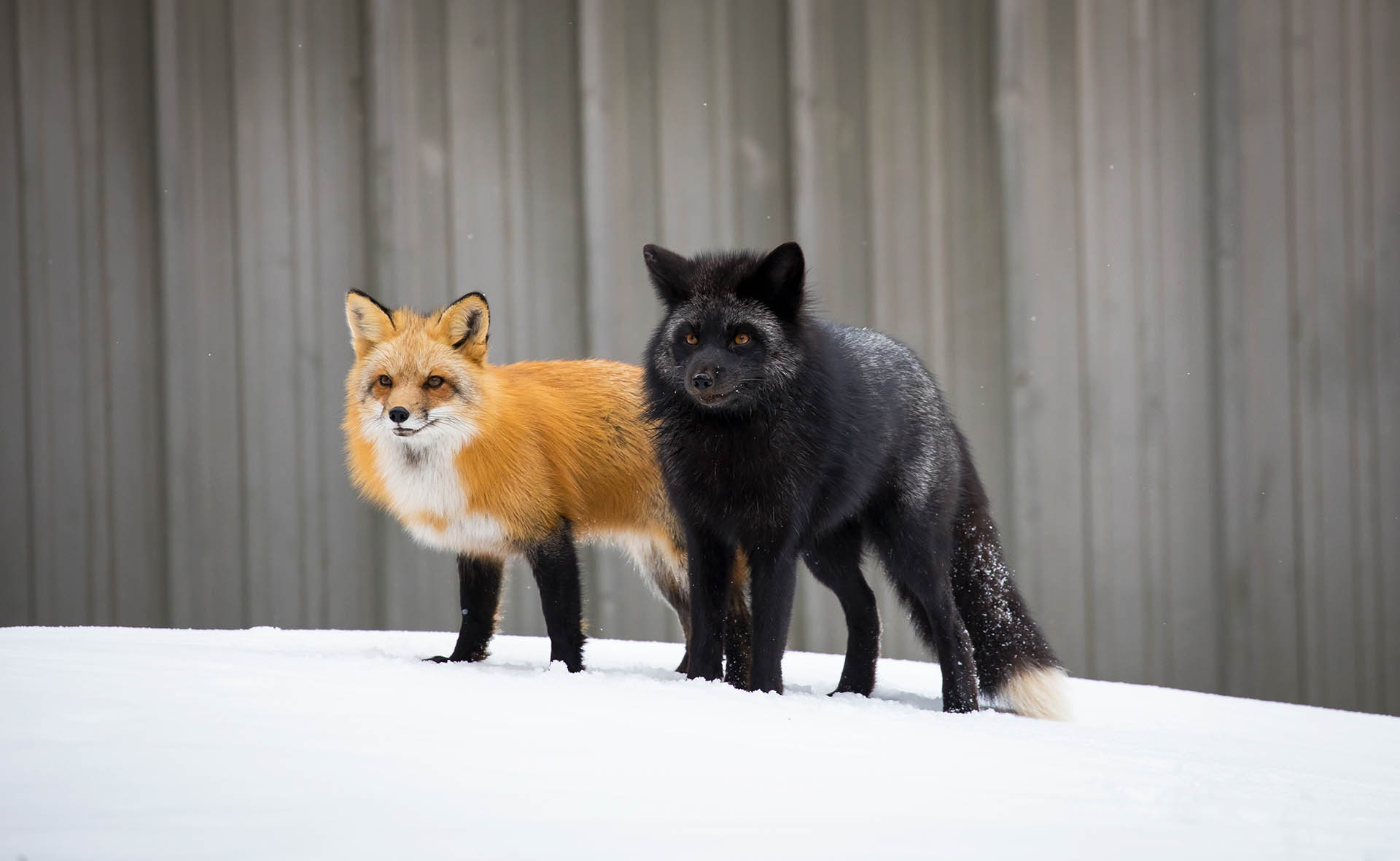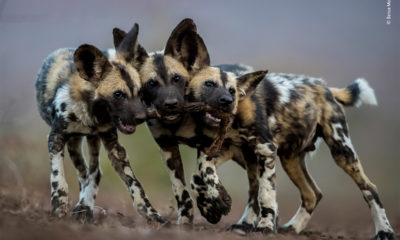By Brittany Crossman
Why the red fox? I am asked this question quite regularly when I discuss my photography with others. There are many reasons why I fell in love with the red fox, and am so passionate about photographing them.

When it comes to photographing wildlife, for me, the goal isn’t always to get the best shot, but the best possible learning experience. I am a firm believer that once you have learned about your subject through and through, that is when your shots will start to shine. When you learn your subject’s behaviour patterns, that is when you can start predicting and planning your shots before they happen, ultimately capturing those intimate moments.
With the red fox, hunting is what I love to capture. If you spend enough time observing, and learning, you will then start to pick up on their body language. A tilted head, twitching ears, staring intensely at the ground, when I start noticing these movements, I know within a few seconds or minutes that fox will be mid-air pouncing on a potential meal. This knowledge allows me to have my camera ready for action.
Another alluring aspect of the red fox is the pelage colour variants. Contrary to popular belief, not all red foxes are red. There are three common wild red fox pelage coloration: red, cross, and silver. Red being the most common of the three, and the colour we associate with this species.
The cross fox is the red coloration with black marking due to being partially melanistic. This colour phase gets its name from the long dark stripe running down its back, intersecting another stripe across the shoulders forming a cross. The least common is the silver fox, but the name usually rings a bell with most people. When fur farming was popular, wild silvers were live trapped, and bred on farms for their highly prized fur, making people affiliate that coloration with fur farms.
These foxes are complete melanistic variants (think of it as the polar opposite of albino) which gives them that dark black fur. Though they just look like a black fox, the name silver fox comes from the light greyish-white outer guard hairs. The amount of silver in these foxes varies from fox to fox. All three of these colourations have different shades, marking, patterns, giving a uniqueness to each individual.
Red foxes are also very different from family to family. Their family dynamics can range drastically. This is what I love most about the red fox, and I have invested quite a bit of time in observing. Two of the seven dens I have been following this year have had a helper fox. These helpers are usually vixens (female) and normally related to the family, perhaps their kit from the year before. The role of this non-breeding vixen is to protect, feed, groom and play with the kits.
One den in particular, the helper has played a bigger role in the lives of the kits than the father (dog). I have yet to see the dog bring back food, or even play with his kits. The helper fox frequently brings back meals, plays, and grooms this den of 5. When either parent comes back to the den, the helper usually displays submissive behaviour. Some speculate that the role of being a helper provides good practice for when that vixen has kits of her own in the future.
The red fox seems to be an animal we are all familiar with; they have managed to inhabit many places, both wilderness and urban, around the world. I have an undeniable love for the red fox, and have for years. That feeling of excitement when spotting a fox still happens, even though I have photographed them tenfold.
The second most frequent question I am asked is, “Don’t you get bored of photographing them?”
Never, and I don’t intend to stop anytime soon.
All images in ‘Vulpes Vulpes – The Red Fox’ by Brittany Crossman – All Rights Reserved 2017.

























You must be logged in to post a comment Login